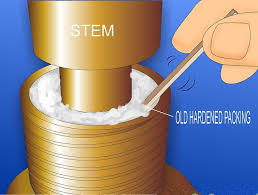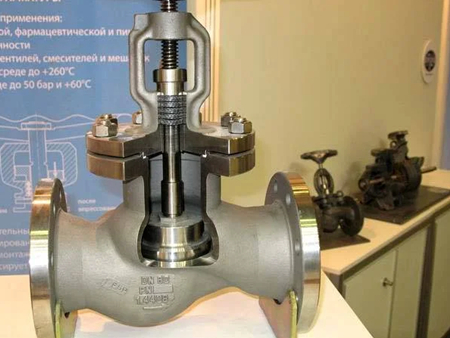 The effective sealing of pumps and valves depends on the overall condition of each component. Before installing the packing, make sure that the equipment which needs to be replaced has been effectively separated according to the site and system. This article is used to guide the maintenance personnel, engineers, and assemblers to install and adjust the packing correctly.
The effective sealing of pumps and valves depends on the overall condition of each component. Before installing the packing, make sure that the equipment which needs to be replaced has been effectively separated according to the site and system. This article is used to guide the maintenance personnel, engineers, and assemblers to install and adjust the packing correctly. 6. Installing the packing
6. Installing the packing